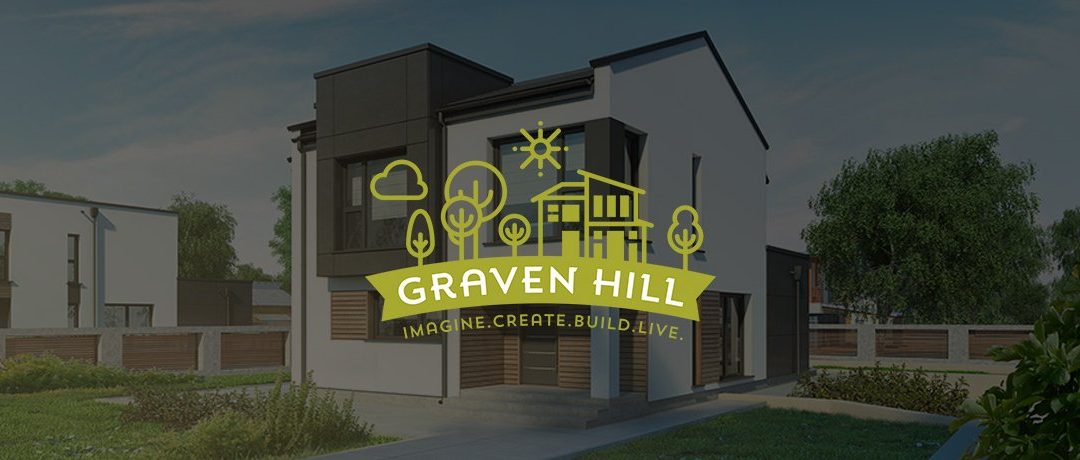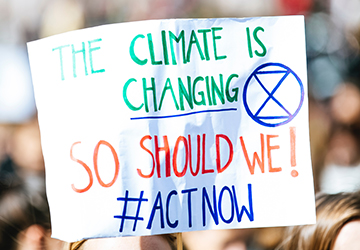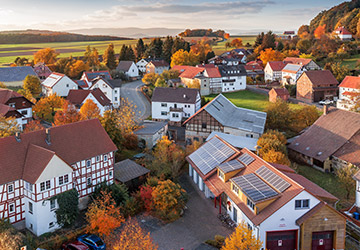
Graven Hill
Choose Netzero Builders
Netzero Builders at Graven Hill.
Located in Bicester, Oxfordshire, Graven Hill is the largest self-build scheme in the UK offering many self-build opportunities and a fast-track planning application process.
It’s the perfect match: combine the advantages of building on a ready-made site with a built-in infrastructure with a stylish, energy-efficient timber-frame house.
You can also benefit from competitive and transparent pricing, a fast turn-key construction process, energy-saving technology, and experience that comes from building over 11,000 houses in Europe.
The specifications will far exceed what a builder is going to give you, because you get what you want, on a budget.
Maggie Kirkman, first Netzero self-builder to move in at Graven Hill

Our inclusive service and fixed price guarantee
We also do all the painting and decorating work, the floors are laid according to your choice of tile or carpet, and the bathrooms are equipped with sanitaryware and fittings.
This option also includes complete electrical and plumbing installations, a gas boiler and 120-litre hot water cylinder with plate radiators, mechanical ventilation with a heat recovery system.
For a reasonable surcharge, you are able to upgrade your home with Air or Ground Source Heat Pump and Underfloor heating system.
Netzero Builder’s houses are almost 100% airtight. We achieve this by using modern construction technology to ensure that heat is kept inside the house.
Every Netzero Builder house also features mechanical ventilation with a heat recovery system. This is extremely important in energy-efficient houses, as the continuous exchange of air provides a comfortable and pleasant atmosphere in the house at all times, and helps to reduce heating bills.
Netzero Builder houses have a B Energy Efficiency Rating which is a measure of its overall efficiency. The higher the rating, the more energy efficient the house is, and the lower the fuel bills are likely to be. In buying an environmentally-friendly Netzero Builder house, you can then benefit from much lower heating costs.
Netzero Builders are almost 100% airtight. We achieve this by using modern construction technology to ensure that heat is kept inside the house.
Every Netzero house also features mechanical ventilation with a heat recovery system. This is extremely important in energy-efficient houses, as the continuous exchange of air provides a comfortable and pleasant atmosphere in the house at all times, and helps to reduce heating bills.
Netzero Builders houses have a B Energy Efficiency Rating which is a measure of its overall efficiency. The higher the rating, the more energy efficient the house is, and the lower the fuel bills are likely to be. In buying an environmentally-friendly Netzero house, you can then benefit from much lower heating costs.

Here are some other benefits:
Save money
Your energy bills will drop, and you can also receive bonus payments for any surplus electricity that is fed back to the grid.
Low maintenance
Solar panels only need cleaned a couple of times a year and, with no moving parts, there is little wear and tear.
Clean Energy
The initial cost of installing solar panels easily pays for itselfin a few years, and it will increase the value of your house.

Renewable energy systems
If you’re building a Netzero house at Graven Hill you can benefit from a Solar Thermal System at a very special price.
Solar thermal panels can provide up to 60% of the energy required to heat water and support the heating system, so it’s easy to see what a fantastic investment they can be.
A solar thermal system comes as two or three high-performance flat collectors on the roof, which convert the sun’s rays into hot water.
As part of its pro-environmental policies, Netzero builders also uses the most up-to-date renewable energy systems such as heat pumps and photovoltaic panels.



